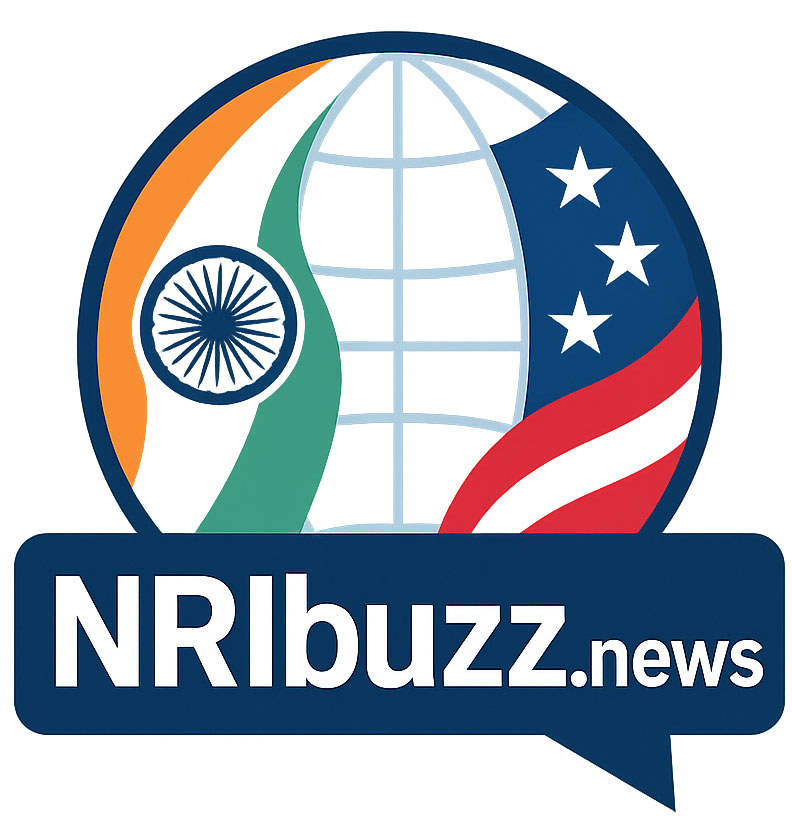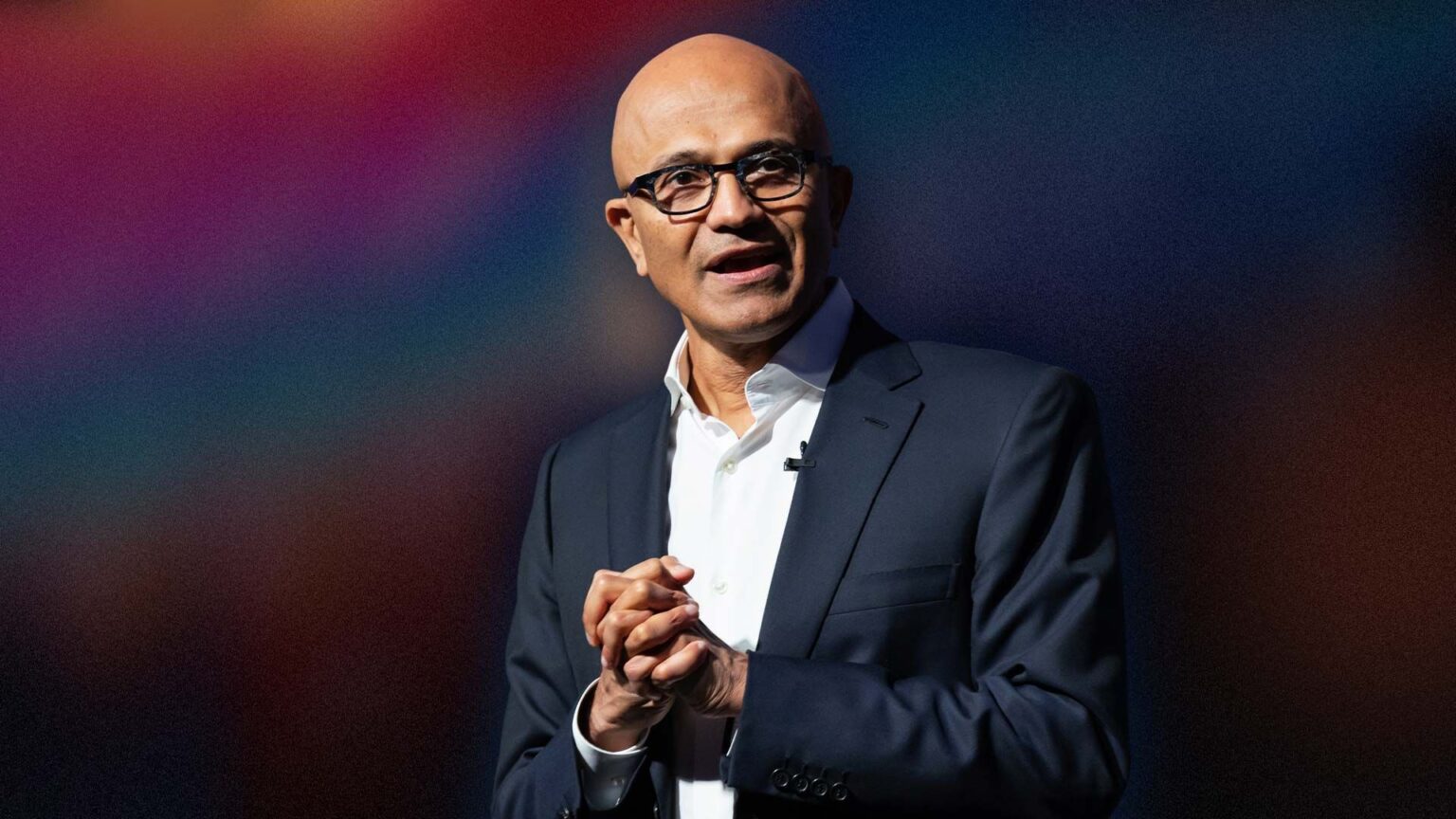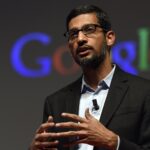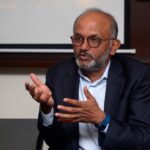Humble Beginnings in Hyderabad
Satya Narayana Nadella’s story begins not in the corridors of global boardrooms but in the bustling neighborhoods of Hyderabad in the 1960s. Born in 1967 into a middle-class Telugu family, his childhood was far removed from the Silicon Valley privileges we often associate with tech titans. His father, Bukkapuram Nadella Yugandhar, was a civil servant in the Indian Administrative Service (IAS), while his mother, Prabhavati, worked as a Sanskrit lecturer. They weren’t wealthy, but they were determined to give their son the foundation of education and values that money alone could never buy.
Growing up in a modest two-bedroom apartment, Satya’s early life was shaped by the same limitations that defined millions of Indian middle-class households: erratic electricity, rationed luxuries, and an unwavering focus on academics. He loved cricket more than textbooks at first, but his parents instilled in him a discipline that emphasized long-term persistence over short-term comfort.
Satya would later say that cricket taught him more about leadership than any business course: “It’s about being able to read the game, pivot quickly, and bring out the best in each player.” These lessons from dusty cricket fields in Hyderabad would become metaphors for how he eventually managed Microsoft.
Education: The Launchpad of Possibility
For a young boy in 1970s India, the road to opportunity often began with engineering school. Nadella’s aptitude for science and mathematics landed him a spot at the Manipal Institute of Technology (MIT), where he studied electrical engineering. It wasn’t the IIT track that so many of his peers pursued, but it became a defining moment for him nonetheless.
At Manipal, Satya developed both the technical foundations of his career and the curiosity to keep pushing beyond the syllabus. His professors often recalled how he wasn’t content with simply solving problems—he wanted to understand why systems worked the way they did. That trait, of going deeper than the obvious, would stay with him throughout life.
After graduating in 1988, Satya took a leap that would change everything: he moved to the United States to pursue his master’s in computer science at the University of Wisconsin–Milwaukee. The transition was anything but smooth. He arrived with little money, an unfamiliar accent, and the homesickness that plagues so many first-generation immigrants. The Wisconsin winters were brutal, a stark contrast to Hyderabad’s tropical climate. Yet he powered through, reminding himself that this was the price of building something larger than himself.
Later, Satya pursued an MBA from the Wharton School at the University of Pennsylvania, determined to combine technical expertise with business acumen. This rare blend would later distinguish him from many of his peers—giving him the tools to not only innovate but also to lead.
The Microsoft Chapter: From Engineer to Visionary Leader
In 1992, Satya Nadella joined Microsoft—a company already making waves with Windows and Office but still finding its place in a fast-changing tech world. For a young immigrant engineer, it was both intimidating and exhilarating. Nadella started as a member of the Windows NT team, working long nights to understand and optimize the systems that would form the backbone of Microsoft’s enterprise business.
Unlike many colleagues chasing quick promotions, Nadella focused on depth. He immersed himself in the architecture of software, the needs of enterprise clients, and the broader shifts in computing. Over the years, he moved through various leadership roles, including heading up Bing search, overseeing the Server and Tools division, and most importantly, leading Microsoft’s Cloud and Enterprise group.
It was here that his vision crystallized. Nadella saw what many within Microsoft were slow to grasp: that the future of computing lay in the cloud. He pushed aggressively for Azure, positioning it as not just a Microsoft product but a central platform that could power businesses across the world. Under his stewardship, Azure grew from an underdog to a global leader, now competing neck-and-neck with Amazon Web Services.
Becoming CEO: A New Chapter in Microsoft’s DNA
By 2014, when Satya Nadella was named CEO, Microsoft was struggling with its identity. Mobile devices were dominated by Apple and Google. The company was seen as bureaucratic, slow, and clinging to its legacy products. Investors and employees alike wondered if Microsoft’s best days were behind it.
Nadella, however, saw opportunity in crisis. His first major move was to pivot the culture. He emphasized empathy, collaboration, and a growth mindset. His famous line, “Our industry does not respect tradition—it only respects innovation,” became the north star for Microsoft’s revival.
He also doubled down on cloud computing. Azure became the centerpiece of Microsoft’s growth strategy, driving the company’s resurgence in revenue and relevance. Under Nadella’s leadership, Microsoft transformed from a Windows-centric company to a cloud-first, AI-driven giant.
Leadership Style: Empathy Meets Strategy
What sets Nadella apart is not just technical vision but his human-centered leadership. He often speaks about empathy as the most valuable leadership trait. This belief is deeply personal. In interviews, he has shared how raising his son Zain, who was born with cerebral palsy and required lifelong care, reshaped his worldview. It taught him patience, compassion, and the need to build systems—whether in healthcare or technology—that include everyone.
This personal philosophy filtered into Microsoft’s strategy. Nadella championed accessibility in technology, embedding inclusive design into Microsoft products. He also steered the company toward sustainability, committing to becoming carbon negative by 2030.
Microsoft’s Global Impact Under Nadella
Under Nadella’s leadership, Microsoft’s market capitalization skyrocketed, crossing $3 trillion in 2024, making it one of the most valuable companies in the world. But numbers only tell part of the story.
- Cloud Dominance: Azure became a cornerstone of digital transformation for businesses globally.
- AI Integration: Microsoft partnered with OpenAI, embedding generative AI tools into Office, Bing, and enterprise products.
- Acquisitions: Strategic buys like LinkedIn and GitHub expanded Microsoft’s reach and influence.
- Cultural Revival: Employee surveys consistently ranked morale higher than in previous decades, a testament to Nadella’s leadership style.
The Personal Side of a Global CEO
Despite being one of the highest-paid CEOs in the world, Satya Nadella is known for his modesty. He often cites poetry and literature in his talks, especially Indian works that remind him of his roots. He is also a cricket enthusiast, drawing analogies between the game and teamwork in business.
His story resonates deeply with millions of NRIs. He embodies the dream of leaving India with little more than ambition and returning years later as a global icon—not forgetting where he came from, but also not letting his origins limit where he could go.
Lessons from Nadella’s Journey
Satya Nadella’s life offers powerful lessons for anyone chasing success in a world of uncertainty:
- Scarcity Can Breed Resilience: Growing up in middle-class India instilled in him a resourcefulness that money cannot buy.
- Blend Skills to Stand Out: His mix of engineering and business education gave him a rare edge.
- Culture Drives Companies: His revival of Microsoft proves that culture isn’t just HR jargon—it’s strategy.
- Empathy is Power: Leading with compassion can be as transformative as leading with vision.
- Think Global, Stay Grounded: Nadella built a company that serves billions but still quotes poetry from home.
Closing Thoughts
From Hyderabad’s crowded streets to the corner office of one of the world’s largest corporations, Satya Nadella’s rise is not just about corporate strategy—it’s about the human spirit. He represents what countless NRIs dream of: the chance to turn modest beginnings into global impact, to build something bigger than themselves without losing their values.
Satya Nadella didn’t just revive Microsoft; he redefined what leadership in the 21st century looks like. His story is a testament to resilience, empathy, and the unshakable belief that where you start should never limit how far you can go.






